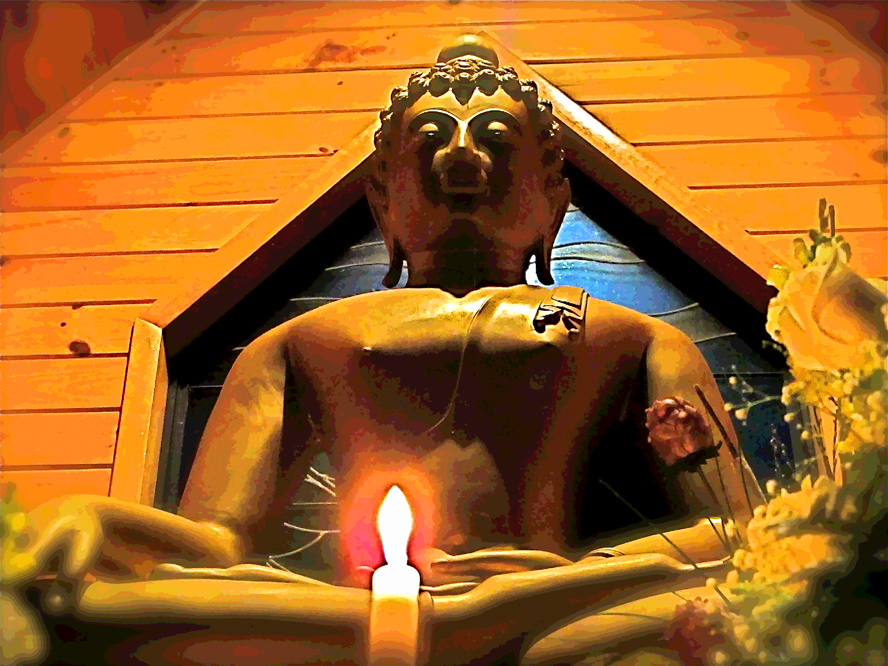
Bhavana Society Buddha ~ 2010
In this uncertain political season, full of angst, anger and fear, I have wondered what to remark about the current agitated national scene in America. I will not use a Buddhist blog to share my own particular points of view except to note that when it comes to nations and politics, angst seems the norm. Yet how are we to face bedeviling fears and enormous questions – how shall we run our country? – when we are also consumed with the equally enormous question of how to run our daily lives?
I’ve been on vacation the past week, the first four days spent at the Bhavana Society Buddhist monastery in the eastern mountains of West Virginia. Now, I abide in a friend’s lovely townhouse in Washington, D.C., preparing to head out to the National Mall for Jon Stewart’s “Rally to Restore Sanity” (and good luck with that!). So, the personal and the national have been playing out in my travels and in my thoughts. With coffee cup in hand, I cracked open Chapter 15 of Bhikkhu Nyanasobhano’s remarkable book, “Longing For Certainty: Reflections on the Buddhist Life,” (Wisdom Publication) this morning, instead of lap-topping to my favorite political blog and getting all agitated again.
The good monk serves up much nourishment in the closing pages of a book whose voice and vivid imagery on finding Dhamma in daily life has become a treasured resource for me. The following is a gorgeously written call to attention to wake up out of the gloom of our moody, distracted introspections. Some members of our Meditation Circle purchased this book after reading other excerpts on this blog. I encourage other readers to do likewise for the full course of this American monk’s wise peregrinations and clear-headed expositions of the Buddha’s core teachings:

Excerpt (p. 71) by Bhikkhu Nyanasobhano from “Longing For Certainty: Reflections on the Buddhist Life,” (Wisdom Publications).
After enough hard experience we cannot believe that living comes to any wise conclusion by itself, or that suffering will finally be outlasted by patience alone. Among the numberless hours of dreaming and speculating, where is the true time that counts toward wisdom? Cause and effect crash through us every moment, unseen and unheard, perhaps, but making us and remaking us according to the nature of our actions. In considering history – of our own family or of all humanity – we are considering actions, changes, the endless turn of circumstances, the surge and fall of generations. Why should our own generation necessarily surge higher than any other and carry us with it? Whatever the fanfare around us, still we act as individuals, well or badly, and receive the results of those actions. Our own past and all of history teach us the essential sameness of worldly things, show us the prevailing passions of living beings, but do not direct us to liberation from suffering. For that we need the teachings of the Buddha.
We gaze out the window at the dazzling, motionless neighborhood – bright white under a winter blue – and through the near houses are new enough, time seems strangely indefinite, blown away as the snow has been blown away from the branches of the trees. We might also be living in any century, looking up with surprise from any life, any domestic moment, into that amazing emptiness of sky. Always it is something like this when we sit still enough and watch with mindfulness. We sense the vastness of the season, wherein we are always, it seems, beginning again to grapple with birth and death, beginning and hesitating and faltering for lack of knowledge or lack of faith.
Whether we yearn for the charming past or the intriguing future, still those white and blue depths of winter surround us – emblematic of the great dukkha that is continually regenerated out of ignorance by our actions. While cause and effect inexorably race on we have no grounds for esteeming ourselves necessarily superior or inferior, in moral safety or religious confidence, to past generations or our own past lives. We make our guesses, restrain or obey our impulses, and run along through the brief warmth of our years, hoping to attain at last to peace and contentment; but history, read out of books or sensed now in the belongings of our family, tells only of sameness beneath the flickering of incidents – the timeless moral questions and groping for certainty. Continue reading →
![]()

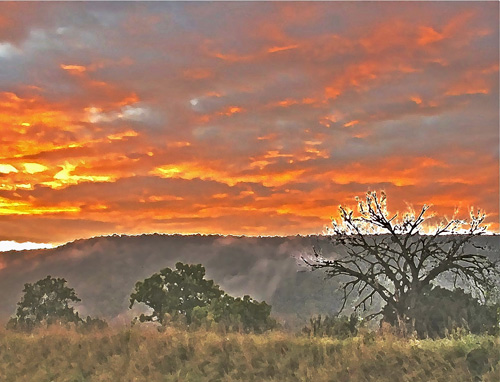


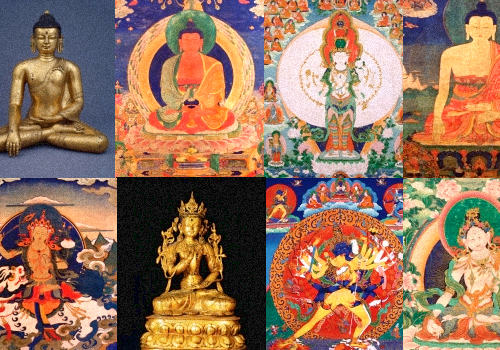





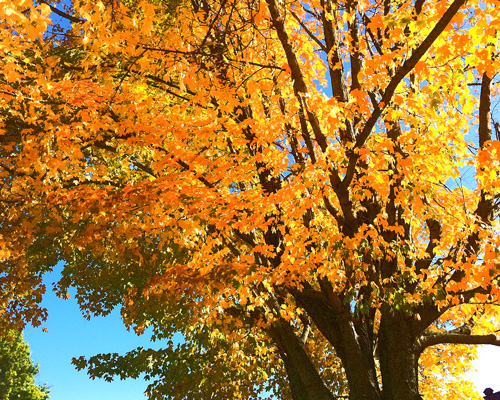


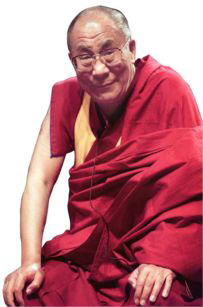
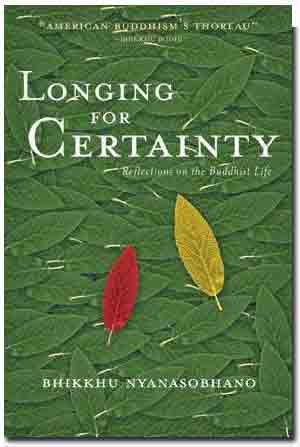 “Longing for Certainty: Reflections on the Buddhist Life,”
“Longing for Certainty: Reflections on the Buddhist Life,” 